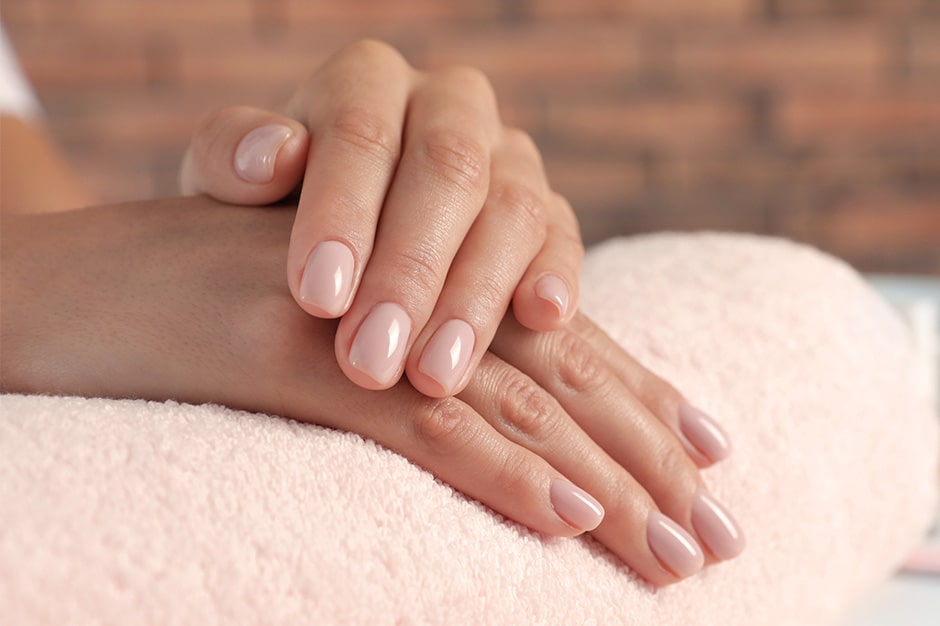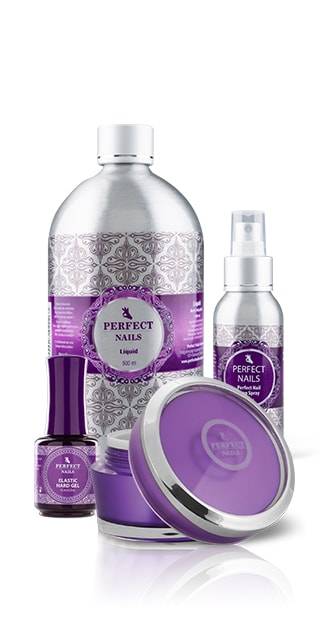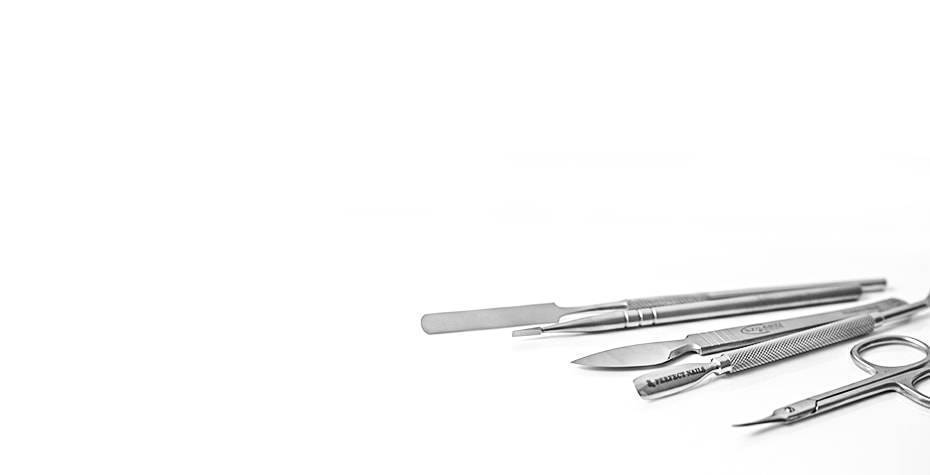Problematic nails that pose challenges. Recommended techniques – Part 2

There are cases that clients may not find particularly challenging, but for a professional, it requires gathering knowledge to solve the task.
Thinned Nail:
A thinned nail, whether due to filing, material detachment, or naturally thin nail plates, is a challenging task. It involves working on an overly flexible and weak surface, often paired with a sensitive nail bed. Consequently, you need a material with minimal heat generation during curing. For thin nails, avoid applying a strong, hard material because excessive flexibility can lead to lifting, find a product that is slightly flexible yet provides adequate support to the finished nail. For example Cool protein gels, Smart Flex Gel Clear - Builder Gel 50g, or even products from the Polyacrylgel Prime line. However, it's crucial to work with 2-3 thinner layers, depending on the condition of the nail.
Cracked Nail:
If the natural nail plate is cracked or broken across, the first step is to stabilize the line of the break. Use tip glue, acrylic, or acrylic gel, but be sure to choose a material with minimal heat generation during curing. After stabilizing, gently shorten the nail (it's advisable to shorten it to the fingertip) and remove any material along the breakage. Use a gel with a slight heat-generating property, place silk or fiberglass in it before curing, and repeat the process after curing. This strengthens the nail plate. Afterward, create the desired nail using gel or acrylic gel. It's advisable to refill more frequently and check the nail when the crack reaches the free edge; from that point, the nail can be considered stable again.
Spoon-shaped Nail:
A special case because, due to upward growth, the usual amount of material is lost, and it may even be concave instead of having apex or balance point. However, using too much material to achieve curvation can lead to lifting in the middle of the nail bed during growth. In this case, continuously monitoring the guest's returning nails for a refill, you need to find the thickness that provides enough support to prevent the nail from breaking but still avoids lifting in the middle of the nail bed. It's also true in this case that recommending a shorter length, depending on the depth and upward curve, is advisable. After a few refills, remove the nail and make sculpting on form to restore a straight direction that will, however, direct upward again during growth.
Nail with strong curvation:
Another influencing factor but perhaps a more easily correctable case is when the excessively convex nail plate curves downward during growth. In this case, less material is recommended at the apex point because the natural nail plate provides the curvation itself. However, at the free edge, use more material, pulling the downward growth back into the ideal direction. In some cases, this can result on the free edge several millimeters thickness, which can be corrected with an under-filing technique using a conical carbide bit. Thin the free edge from below, which can be challenging for a short free edge; this is one of the few cases where longer nails can be of assistance. It's advisable to suggest a new sculpting after a few occasions to correct the growth direction.
Author:
Évi Darabos
No posts found
Write a review- Big brush guide: When to use which? – Part 2
- Retro colors reimagined - The New 90’s
- Reverse tip guide - For even easier salon work
- Stand out from the crowd! - Top Model
- Problematic nails that pose challenges. Recommended techniques – Part 2
- New arrivals for spring
- HEMA-Free product line
- Dazzle your guests with the latest trend colors!
- What shades look good on your nails? – Part 1
- Social media – Tips and tricks
- Big brush guide: When to use which one? – Part 1
- Gel, acrylic, or acrylgel? Which one should I choose?
- Problematic nails that pose challenges. Recommended techniques – Part 1
- How to get more clients?
- Glitter galore and usage tips – 5+1 ideas






